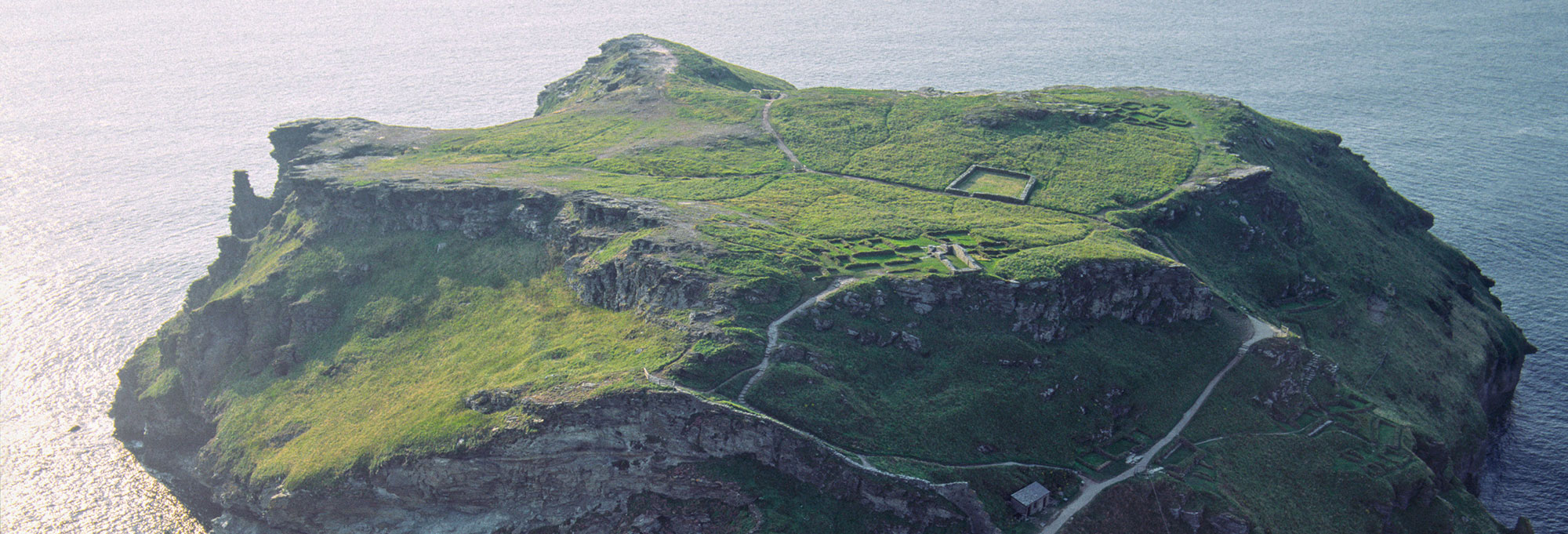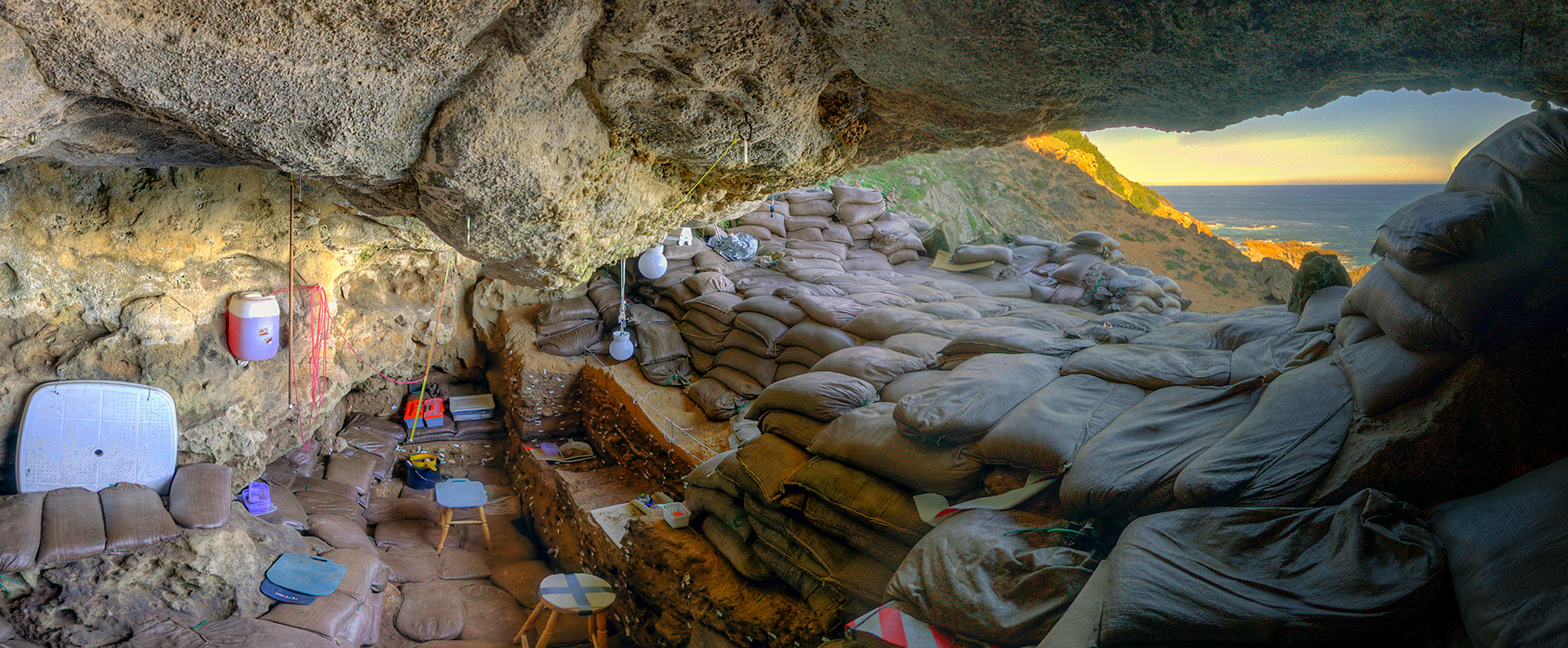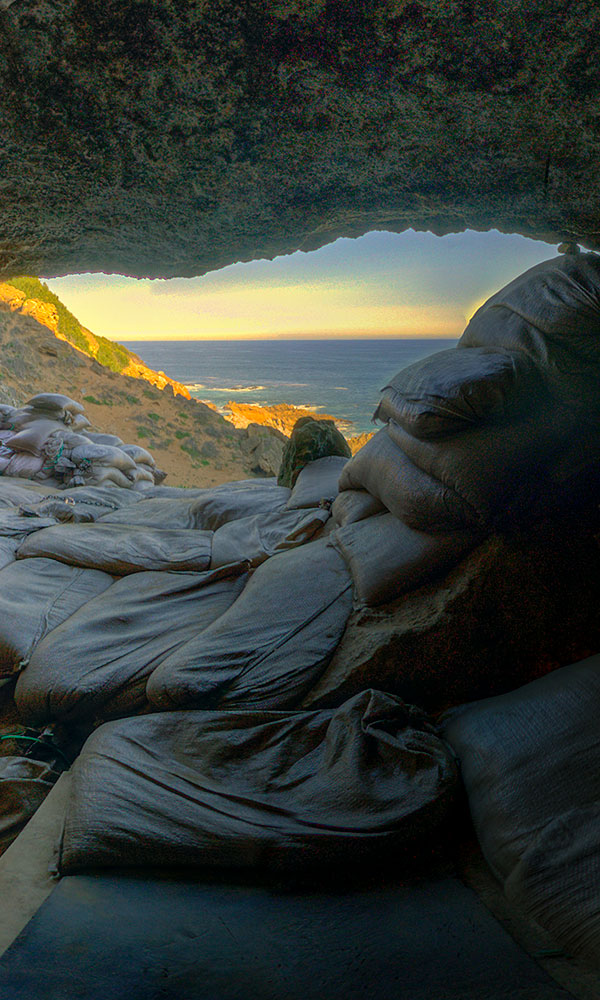
INDONESIA

INDONESIA: Thousands of years before it became a trendy ingredient in pumpkin-flavored autumn treats, nutmeg was already spicing things up. The oldest evidence—from some 3,500 years ago—for humans ingesting nutmeg has been detected on pottery sherds from Pulau Ay in the Banda Islands. Researchers do not know whether it was being used for its fruit, as a spice to flavor food, or for medicinal purposes. But Neolithic Indonesian communities were clearly familiar with its unique properties and flavor long before it became a sought-after global commodity.

CHINA

CHINA: A 900-year-old tomb of a Chinese woman near Tieguai Village, Anhui Province, contained a fabric banner identifying her as the “Grand Lady.” Judging from her luxurious burial, she certainly merited the moniker. Her well-preserved body still bore gold and silver hairpins, silver bracelets, gold earrings, fancy robes, and embroidered shoes, and her grave was filled with more than 200 other objects. These include bundles of clothing, cosmetic tools, wooden figurines, bronze coins, porcelain bowls, and even a model courtyard house, complete with tiny furniture.
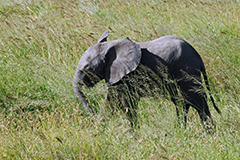
KENYA

KENYA: Africa’s savannas, such as the Serengeti, are renowned for their biodiversity and pristine nature. A new study proposes that human intervention may have been instrumental in creating these ecosystems 3,000 years ago. Soil analysis from Neolithic sites associated with nomadic herders in southern Kenya shows that dung from corralled livestock created nutrient-rich “hotspots” across the prehistoric landscape. This led to an increase in fertile grasses thousands of years ago that, even today, attract a diverse array of wildlife.

ITALY

ITALY: Death was quick—but gruesome—for the victims of the A.D. 79 eruption of Mount Vesuvius. New analysis of residue on the skeletons of people trapped along the waterfront in the town of Herculaneum suggests that exposure to extreme heat may have been their cause of death, not asphyxiation, as has traditionally been thought. Herculaneum and other nearby towns were hit with a fastmoving cloud of ash and gas that reached temperatures of 900°F. This vaporized blood, bodily fluids, and brain matter, literally causing heads to explode.
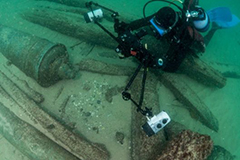
PORTUGAL

PORTUGAL: The wreck of a 400-year-old Portuguese ship dating to the golden age of the European spice trade was located near the mouth of the Tagus River, 15 miles west of Lisbon. The ship appears to have sunk after returning from India with its cargo of valuable spices and Asian artifacts. During a preliminary survey of the wreck site, divers documented peppercorns, 9 bronze cannons engraved with the Portuguese coat of arms, Chinese porcelain from the Wanli period (1573–1620), and cowrie shells, which were often used as currency.
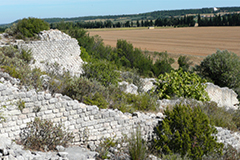
FRANCE

FRANCE: A 2nd-century Roman water mill in Barbegal was one of the world’s first industrial complexes, capable of producing 28 tons of flour per day. Scholars believed that the mill supplied grain to the nearby city of Arles. But a recent examination of carbonate mineral deposits revealed that it was regularly closed for months at a time. Instead of feeding the population of Arles, the mill likely manufactured hardtack, a nonperishable foodstuff essential for ship crews during sailing season.

SCOTLAND

SCOTLAND: The personal seal of John Campbell of Cawdor, a prominent participant in Scotland’s notorious MacDonald-Campbell clan conflicts, was found beneath a layer of rubble at Dunyvaig Castle on the island of Islay. Once the stronghold of the MacDonald Lords of the Isles, Dunyvaig was fought over by the rival clans. It fell to Campbell in 1615. The lead seal, which was used to sign documents, is inscribed with Campbell’s name, the date 1593, and the Cawdor coat of arms featuring a galley ship and a stag.
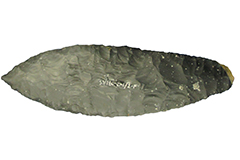
BELIZE

BELIZE: Maya communities living in coastal Belize more than 1,000 years ago manufactured large quantities of sea salt that they traded to inland settlements. A recent evaluation of wear patterns on stone tools from the Paynes Creek Salt Works indicates that the Maya may have produced and traded salted fish and meat as well. Researchers originally thought the tools were used for cutting wood, but striations on the blades are more consistent with cutting fish, chopping bones, and scraping animal hides.
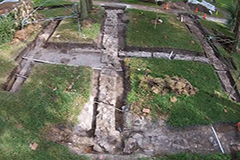
FLORIDA

FLORIDA: A long-lost shrine dedicated to Nuestra Señora de La Leche y Buen Parto at the Mission Nombre de Dios in St. Augustine may finally have been located. The important religious structure was built by Governor de Hita y Salazar in 1677 and damaged by a British attack in 1702. It was eventually rebuilt nearby. During the 1950s, a local priest who was also an amateur archaeologist rediscovered the original building’s foundations, but they were quickly reburied and the location was forgotten for decades.

CONNECTICUT

CONNECTICUT: Renovations to a modern railroad bridge near Norwalk uncovered 17th-century artifacts and traces of a rare Native American fort dating to the early period of European contact. The objects, both native and European, suggest the site may have been a prominent trading post where the native population exchanged goods with Dutch settlers. Historians hope the excavations will provide important cultural information about the little-known Norwalk Indians.


